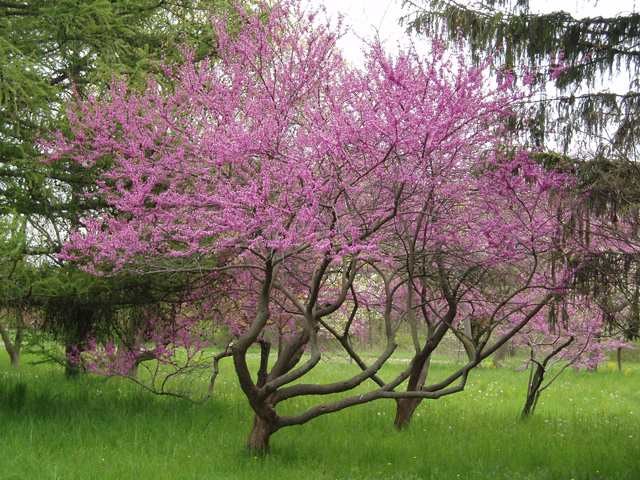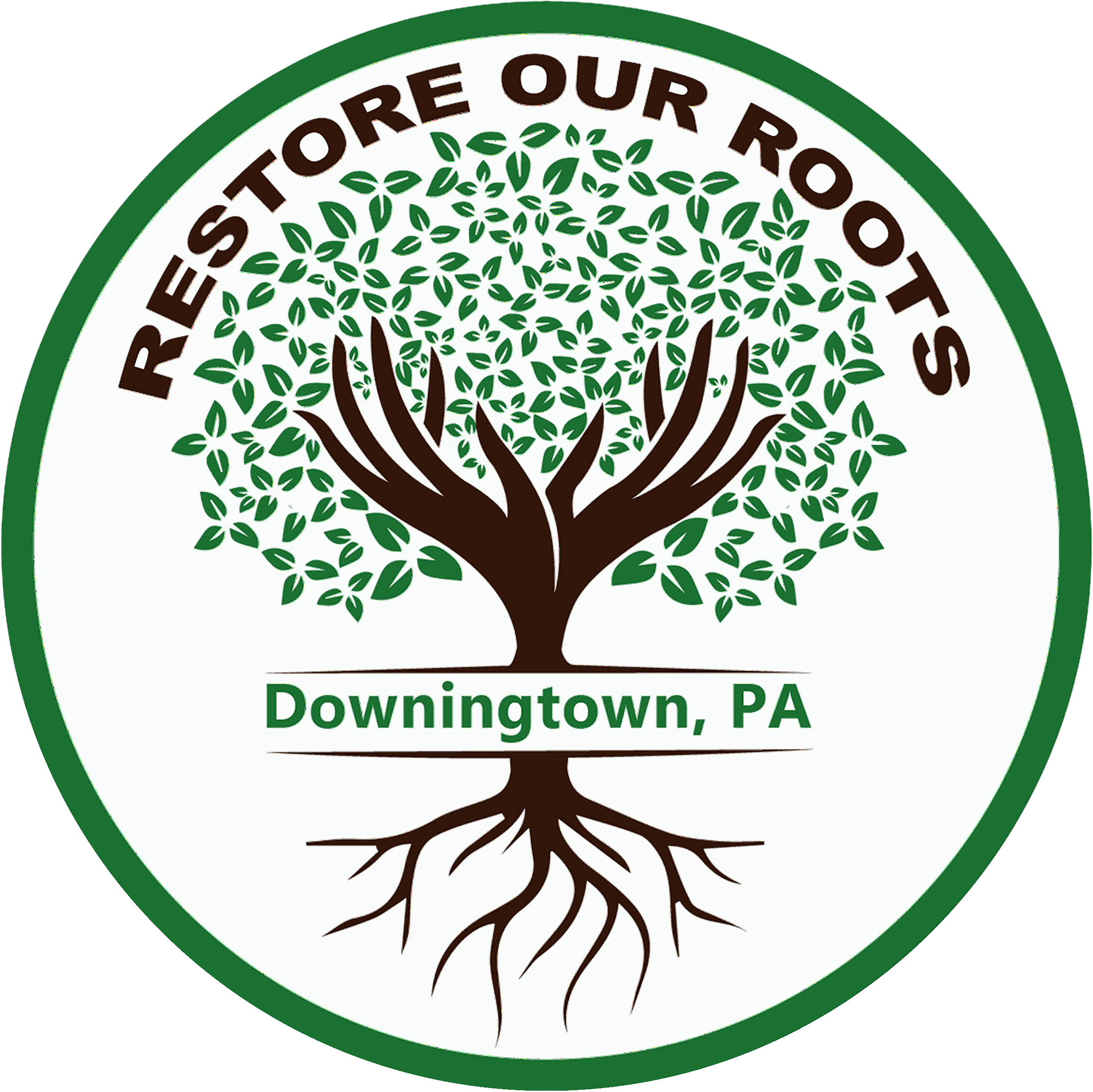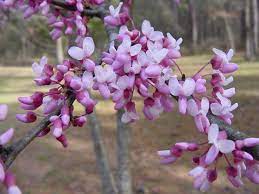For this month’s plant highlight, I would like to introduce you to one of the tree species Restore Our Roots (ROR) added to Kerr Park during this Spring’s planting along the waterway, the Eastern Redbud (Cercis canadensis var. canadensis). This is a dominant small tree that covers most of the Eastern seaboard and has two other natural varieties that evolved to make a home in Texas and the northern reaches of Mexico.
The Eastern Redbud is a great addition to the suburban landscape because of its compact size. With a mature height of 15 – 30ft and a mature spread of 25 – 35ft, it can grow within yards limited on overhead space; as always, check an online resource when planting close to utility poles. It is suggested to plant in an area protected from wind and to plant within other trees and shrubs to limit open exposure. Eastern redbud enjoys a site with full sun to partial shade and moisture levels from slightly moist to medium, but be sure it is well-drained. Although it has some tolerances such as clay soil, limestone soils, and being close to black walnut trees, this native dislikes poor drainage and wet soils. Wherever you choose to plant, be sure to pick a favored site and avoid uprooting and moving since Eastern Redbuds do not enjoy transplanting.
The benefits of eastern redbud in the yard comes in the form of aesthetics and wildlife service. This small tree is one of the first plants in the early Spring landscape to flower in bright pink-purple colors and provide much-needed pollen and nectar to local pollinators. In the fall, the leaves will turn a yellow-green color with a pop of purple in the form of bean pods. These pods are able to feed a variety of birds and mammals in the local ecosystem. Although eastern redbud can act as a centerpiece in wind-protected areas of the yard, they can also be a great addition to a woodland understory in low lands and along the riparian corridor of a stream with a multi-stemmed growing habit. Frequently noted, horticulturists regard eastern redbud as a great replacement for the invasive Mimosa Tree as well since it shares similar bloom color.
We hope you enjoy the burst of color and wildlife activity the eastern redbud brings to Kerr Park this April and future Spring seasons. Many nearby native nurseries and even some traditional plant outlets provide these trees, so your household can easily join in the celebration of Spring.


